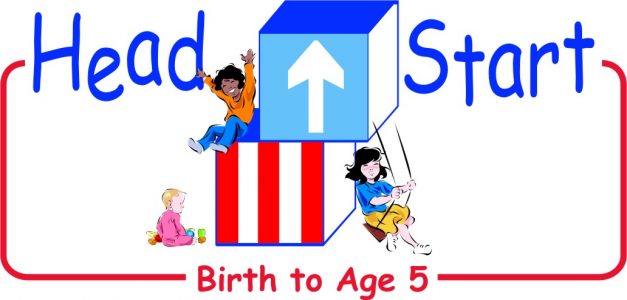
College & University Funding Models part 2- Public Education
As mentioned last week, the first of the alternate funding models I live for universities is the public education option. First, let me be clear that I am only talking about public universities, those that are already funded via state budgets. Private and religious universities, like Harvard and Notre Dame would not fall under this, and would need to figure out their own new funding model, if it came to that.
What are the benefits of the public education option? Well, that makes post-secondary education, up to the Bachelor’s degree level, free for everyone in the state, not just the economically disadvantaged. Because middle class families have difficulties paying for college, too. And it is often those students who end up with the largest debt because they do not qualify for need based aid, which leaves them with unsubsidized federal loans and private loans.
In addition, middle class, and even upper middle class, parents often find themselves having to make the decision to fund their children’s education or their own retirement. Either they send their kids into adulthood financially disadvantaged to the point that they likely will not reach their parent’s level of wealth, or they torpedo their own future, possibly making themselves a burden on their children in their old age. Add to this that at the moment, many of those same parents making that choice are also trying to take care of their own aging parents, and this option reduces financial stress at many levels of our society, and this also helps prevent not on the students from being burdened with crippling student loan debt, it also helps insure that the parents have enough financial resources to not become a burden on their children or on society as they age.
Instead, just like with current elementary and secondary education, anyone who chooses to attend a public school does not pay. Given that the current conventional wisdom is that a Bachelor’s degree now is the equivalent to a high school diploma in the 1950s, from a job perspective, this makes a lot of sense. If the education people require to be fully functioning, contributing members of our society is a Bachelor’s degree, then we as a society should be responsible for providing that option.

But this is not a simple process. Simply declaring state universities “public education”, at least through the Bachelor’s level, will not work. One of the first hurdles is not even a fully financial hurdle. It is the hurdle of access. When it comes to elementary and secondary education, when someone moves into an area, they are automatically eligible to enroll in their local school. There are not admissions requirements. The school does not get to be “full”. There are not residency requirements. A family does not have to live in a house for a full year before their children are eligible to attend the local schools.
Opening up public universities, even including all the community colleges, to all the residents of the state would require a major increase in capacity at those universities. Some of this might be mitigated by moving toward more online programs that do not require a student to ever set foot on a campus, but there is still the question of teaching capacity. But current University infrastructure, at least in Washington state, could not handle that level of increased attendance.
In addition, there would then become some additional financial complexity in state programs. Currently, all Bachelor’s programs, all PhD programs, and some Masters programs are considered state supported programs. Would PhD programs suddenly loose all of their state support?
In my department, PhD students almost never have to pay any tuition. It gets paid for by a faculty grant they are working on, or waived because they are working as a teaching assistant in a Bachelor’s program. Would we take all the support from PhDs and give it to the Bachelor’s students? And if so, are all PhDs now considered professional programs, much like a number of Masters programs?
This would also take an extensive audit of colleges and departments to figure out exactly what staffing level they need to support the public education function. And then, any additional support needed to provide staffing for Masters and PhD programs would need to be fully paid for by those tuition dollars. Would those programs then be charged rent to use space in the buildings their departments are in? Would faculty labs with PhD students working in them be charged rent?
And I still have not touched on the biggest question – how do we actually pay for this? Our elementary and secondary schools are paid for by local property taxes. Do we increase those taxes to pay for University? Does it remain local? Western Washington has higher property values than eastern Washington, but there are also a lot more schools to split the money between.
Or is all the money designated for this purpose put in one big pot, and then divided up between the public universities based on student body? Infrastructure? Faculty costs?
Most likely, the money would still need to come from business taxes, like the ones currently designated to pay for the low income grants in Washington state, but those taxes would also need to be higher. Would that make businesses leave Washington? Or would it make them want to stay because of a better educated populace in order to recruit from?


